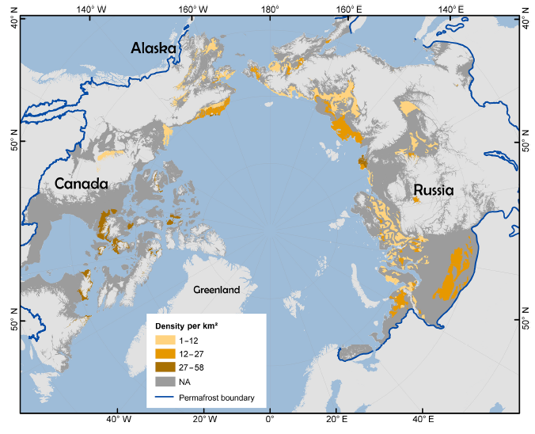

NGEE Arctic
Next-Generation Ecosystem Experiments
Advancing the predictive power of Earth system models through understanding
of the structure and function of Arctic terrestrial ecosystems
Science Highlights
- ‹ previous
- 1
- 2
- 3
- 4

Advancing the predictive power of Earth system models through understanding
of the structure and function of Arctic terrestrial ecosystems